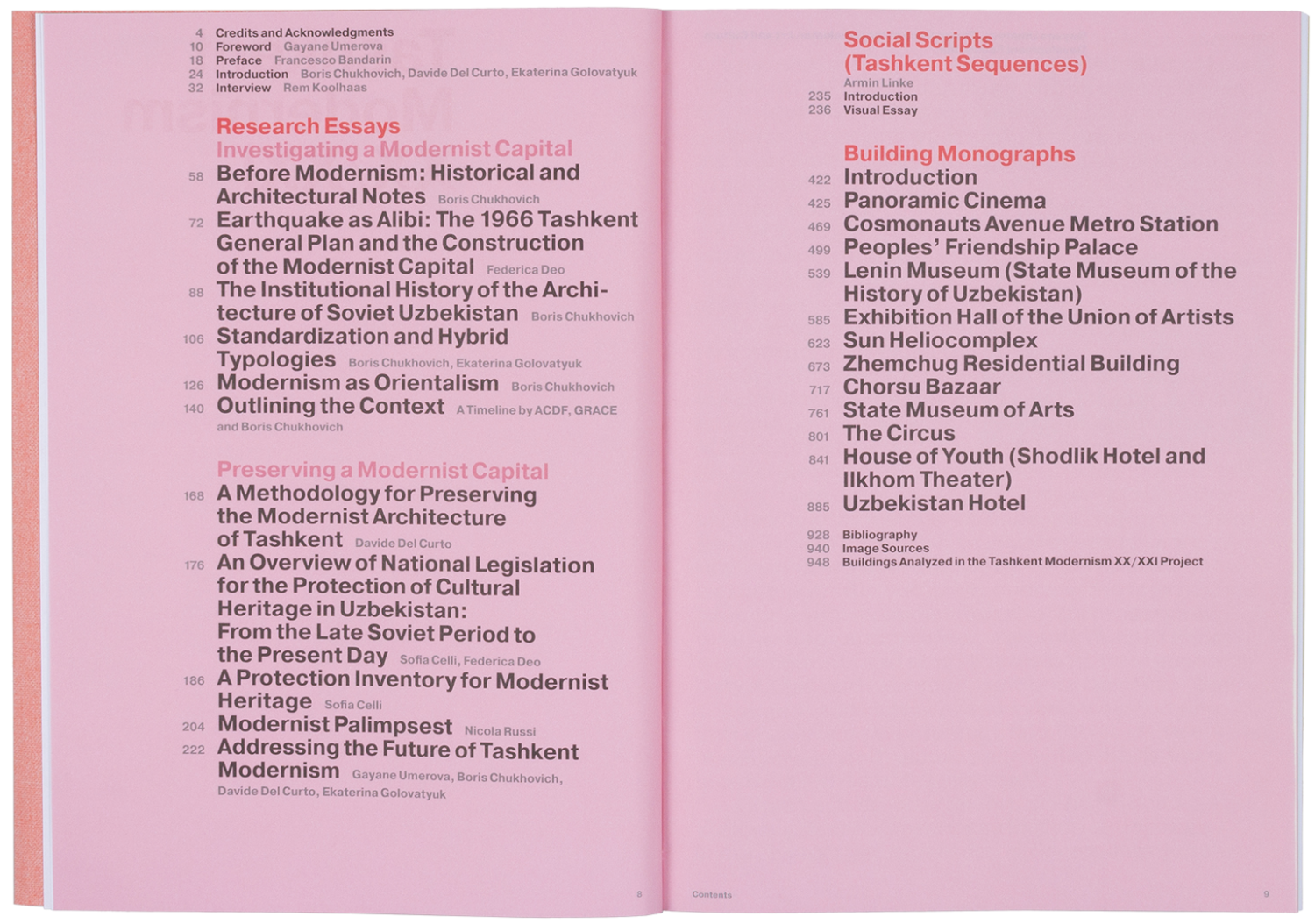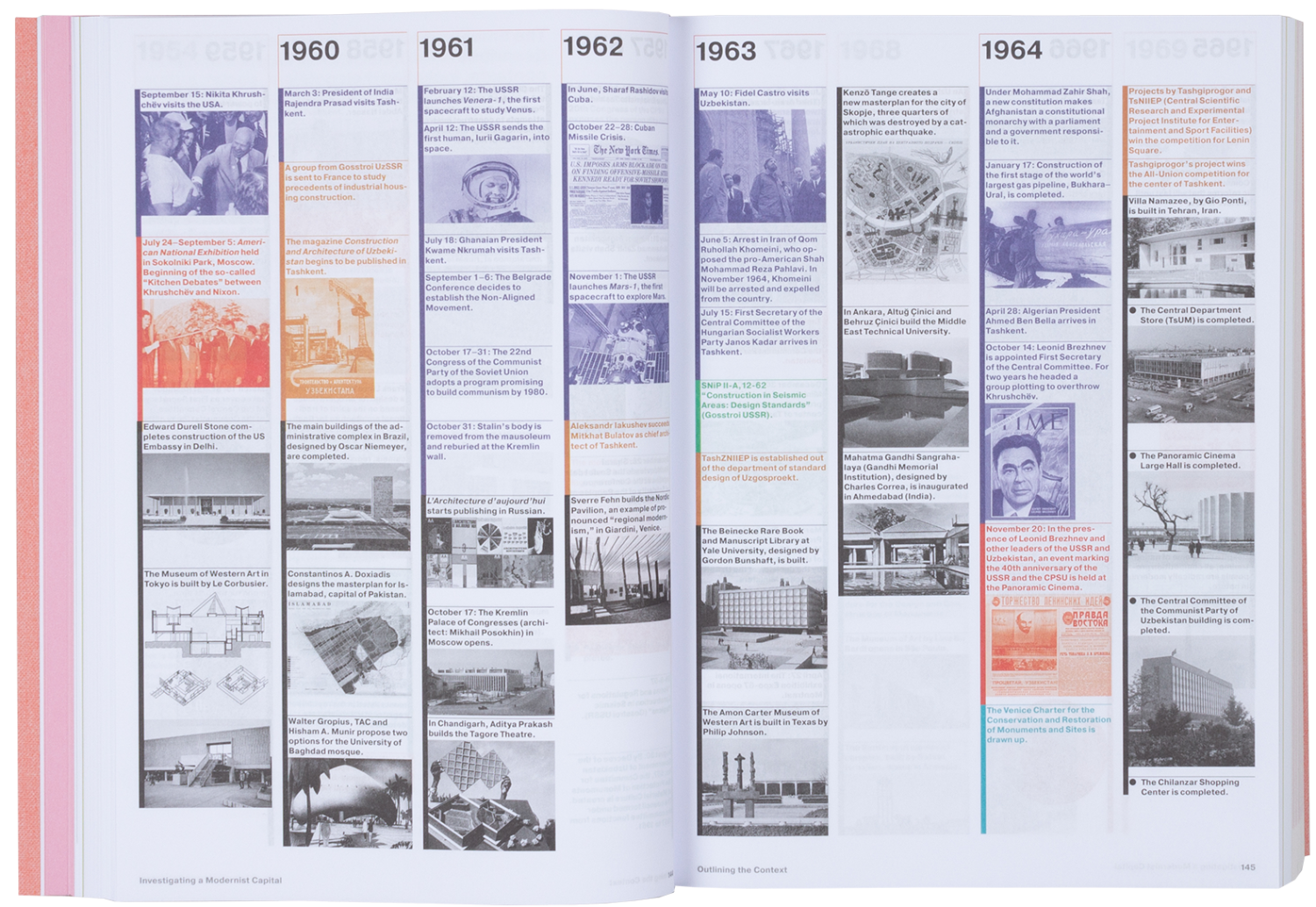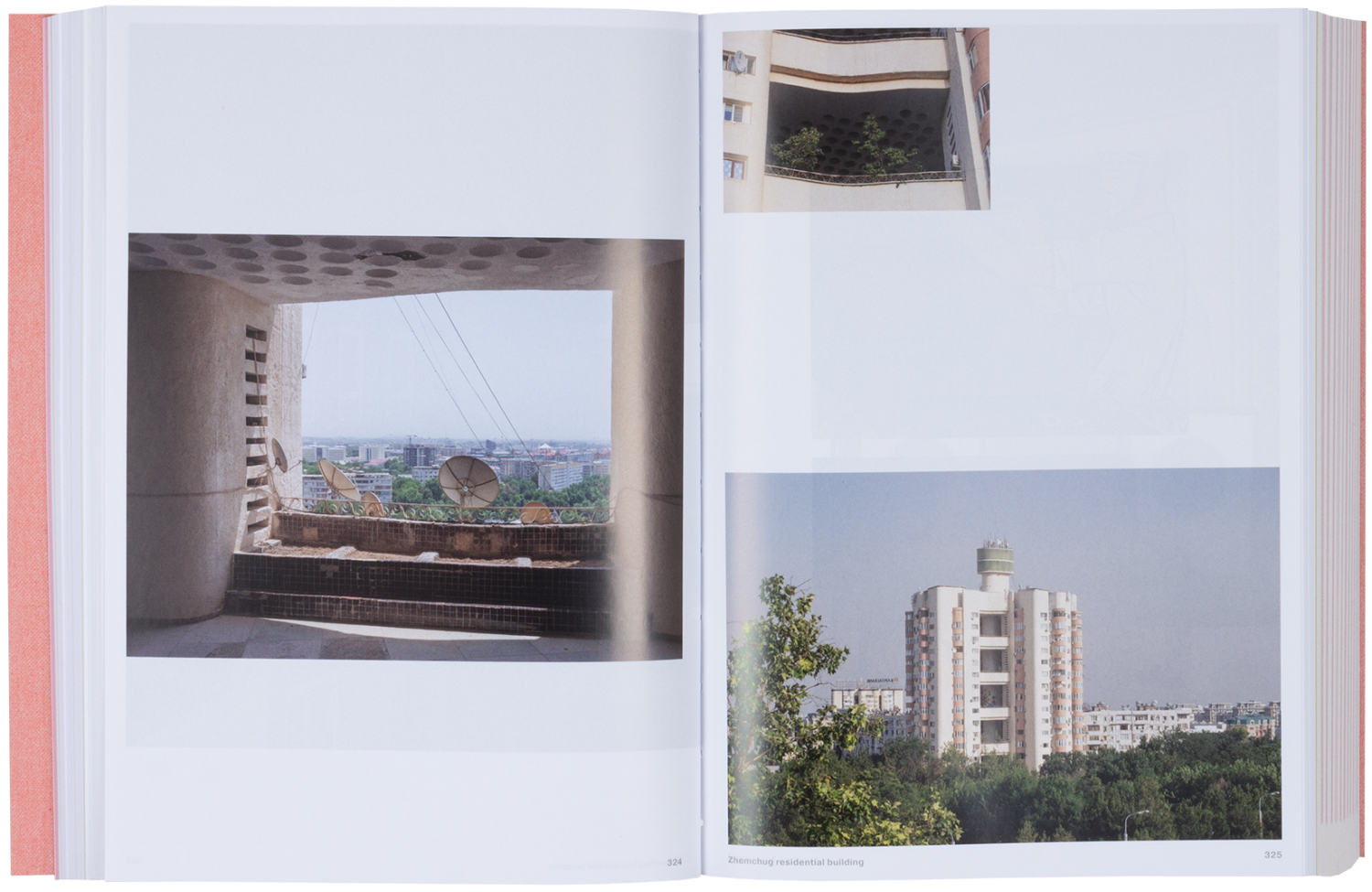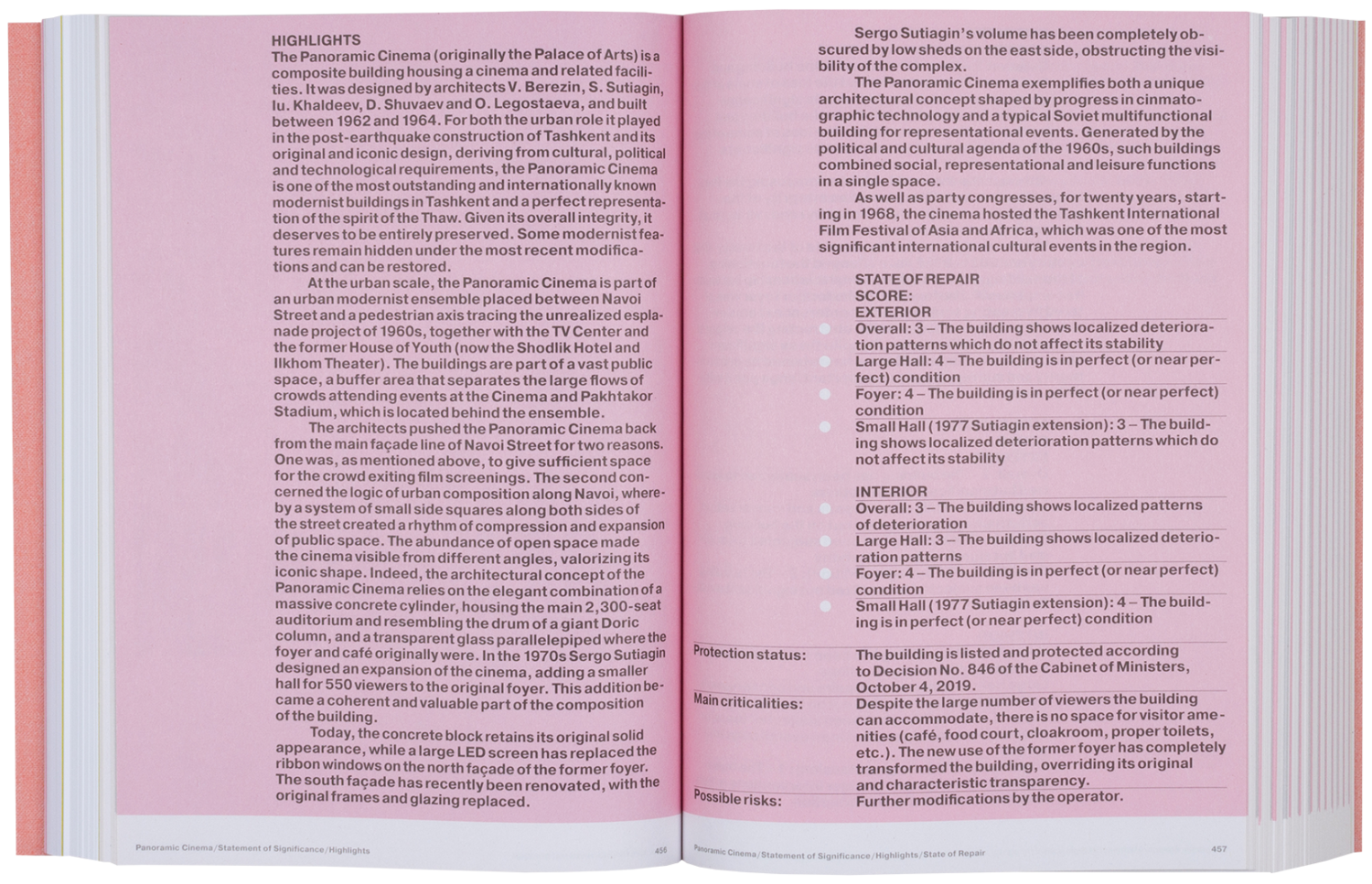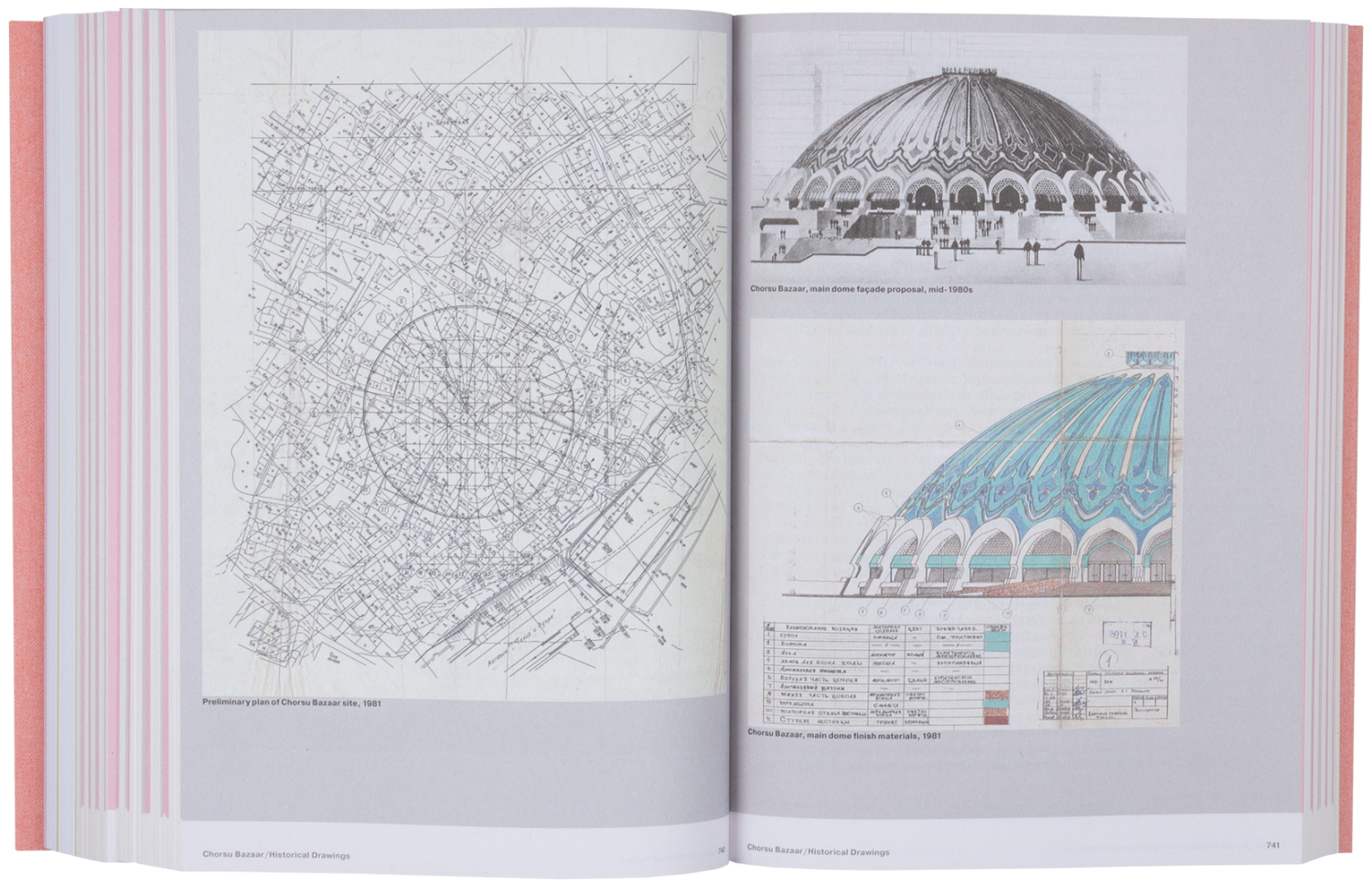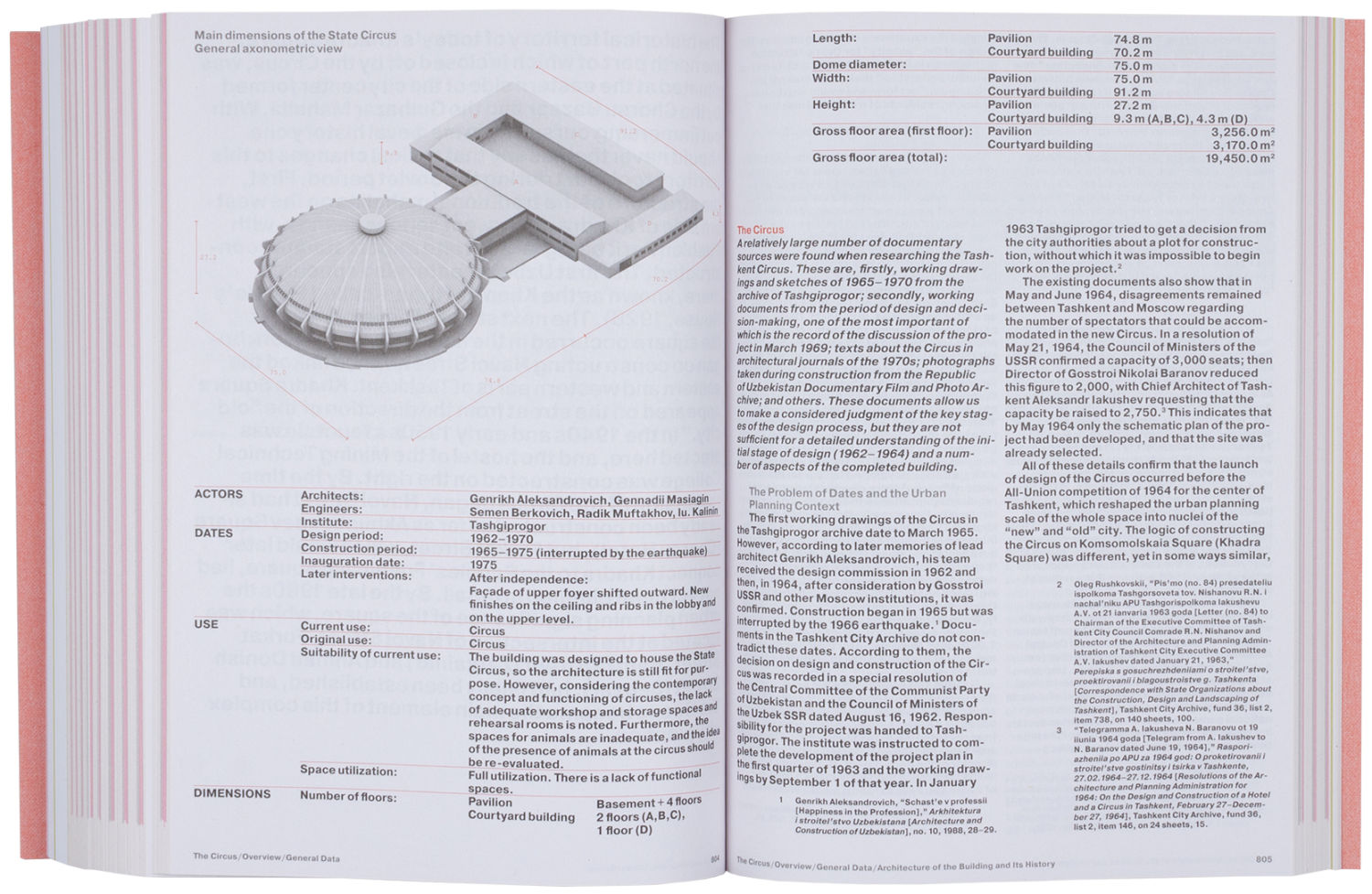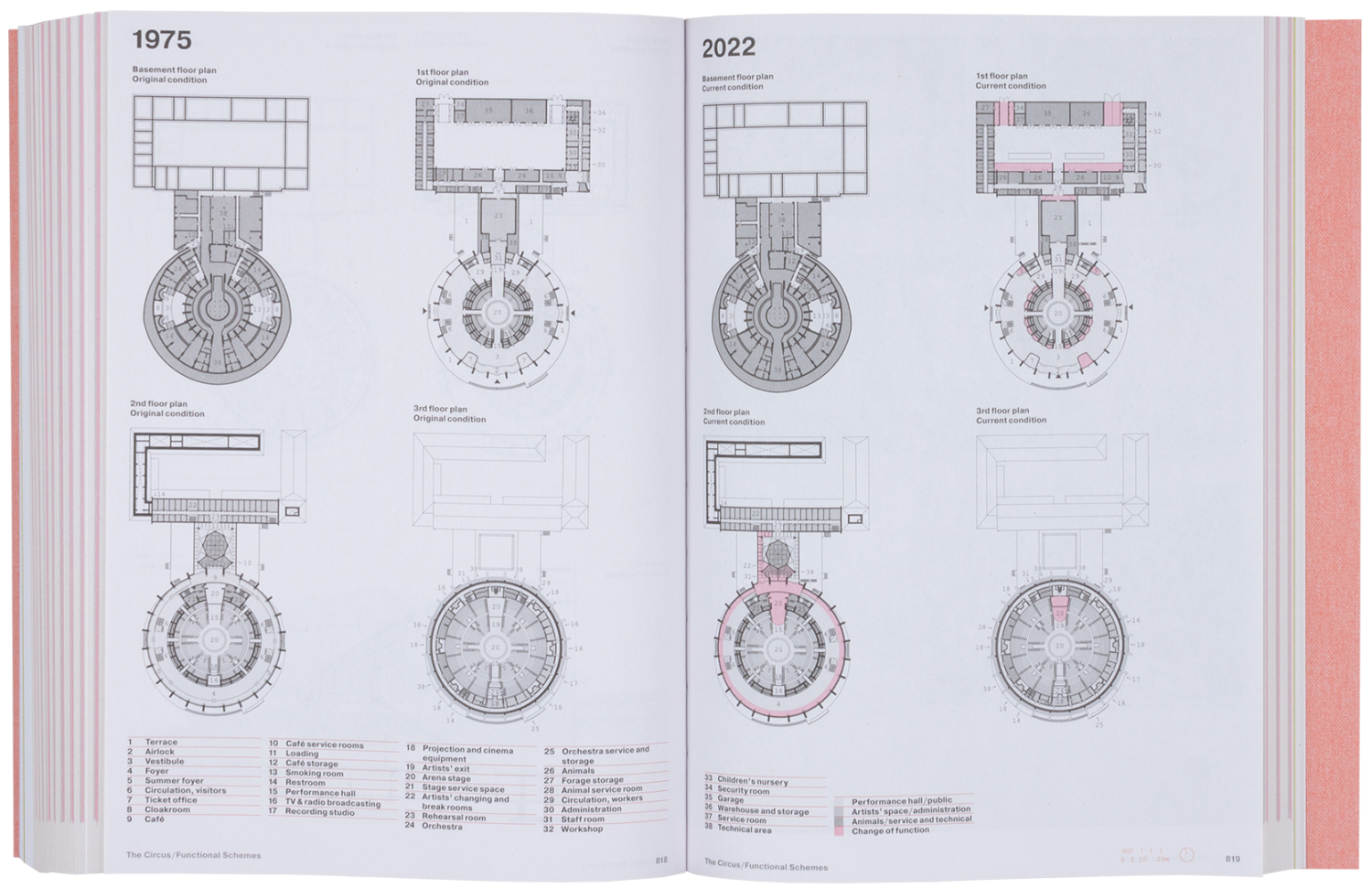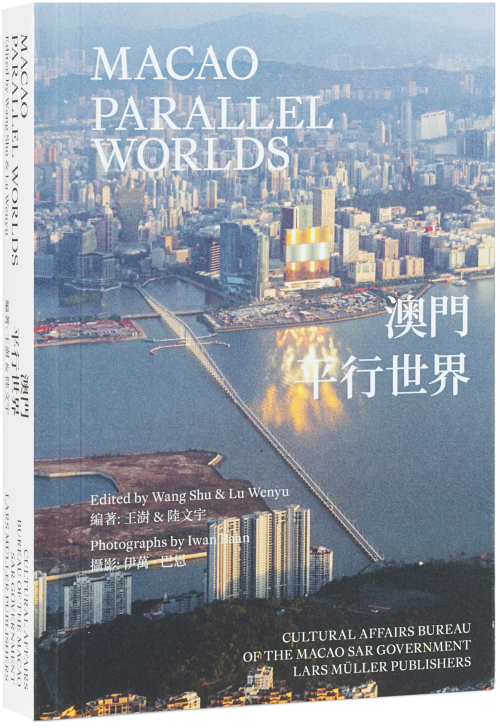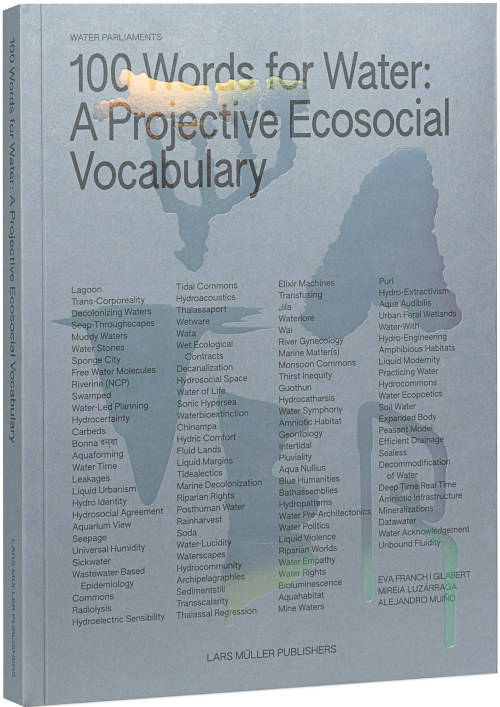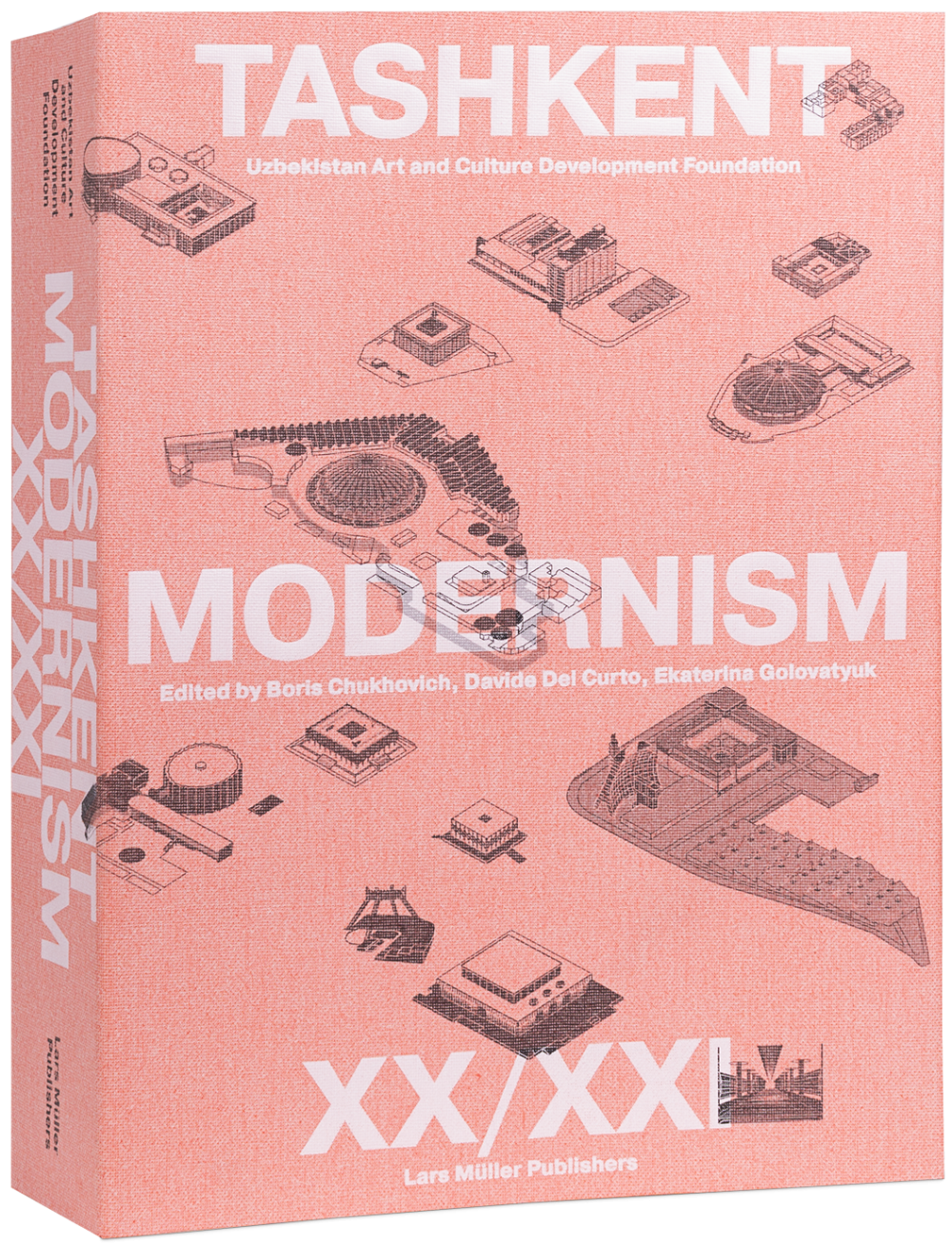
Tashkent Modernism XX/XXI
Given its geographical location, developed resources, and multicultural history, Tashkent—the capital of Uzbekistan—has long been one of the most significant centers of Central Asia. Since the Soviet era, numerous efforts have been made to conserve and restore architectural monuments that reflect the region’s rich ancient and medieval past. By contrast, the modernist architecture of the 1960s–1980s, which once symbolized a modern, forward-looking society, was for decades not considered part of the country’s heritage.
After Uzbekistan’s independence in 1991 and the transition to a market economy, this architecture, focused on social purpose and economy of means. lost much of its relevance. Today, however, Tashkent’s modernist layer is gaining recognition as a distinctive artistic, cultural and social phenomenon that reveals the unique character of Soviet Central Asia’s modernization. Far from being a peripheral example of twentieth-century modernism, this architecture contributes meaningfully to global discussions on modern heritage, reflecting the radical ambitions of the Soviet social and cultural project.
This publication brings together materials from the Tashkent Modernism XX/XXI project, a collaboration between an international team of architects, historians and restoration experts dedicated to documenting and preserving the city’s modernist legacy. The book presents in-depth research, historical context and a strategic plan (currently being adopted in Tashkent) for the conservation and adaptive reuse of this important architectural heritage, which resonates with preservation initiatives for modernist architecture worldwide. The volume consists of two main parts: the first features a series of written and visual essays that explore Tashkent’s modernist landscape in its historical and cultural context, while the second presents twelve detailed building monographs, including historical studies, protection inventories, and intervention strategies for selected structures.
Initiated and commissioned by the Art and Culture Development Foundation of Uzbekistan.
Given its geographical location, developed resources, and multicultural history, Tashkent—the capital of Uzbekistan—has long been one of the most significant centers of Central Asia. Since the Soviet era, numerous efforts have been made to conserve and restore architectural monuments that reflect the region’s rich ancient and medieval past. By contrast, the modernist architecture of the 1960s–1980s, which once symbolized a modern, forward-looking society, was for decades not considered part of the country’s heritage.
After Uzbekistan’s independence in 1991 and the transition to a market economy, this architecture, focused on social purpose and economy of means. lost much of its relevance. Today, however, Tashkent’s modernist layer is gaining recognition as a distinctive artistic, cultural and social phenomenon that reveals the unique character of Soviet Central Asia’s modernization. Far from being a peripheral example of twentieth-century modernism, this architecture contributes meaningfully to global discussions on modern heritage, reflecting the radical ambitions of the Soviet social and cultural project.
This publication brings together materials from the Tashkent Modernism XX/XXI project, a collaboration between an international team of architects, historians and restoration experts dedicated to documenting and preserving the city’s modernist legacy. The book presents in-depth research, historical context and a strategic plan (currently being adopted in Tashkent) for the conservation and adaptive reuse of this important architectural heritage, which resonates with preservation initiatives for modernist architecture worldwide. The volume consists of two main parts: the first features a series of written and visual essays that explore Tashkent’s modernist landscape in its historical and cultural context, while the second presents twelve detailed building monographs, including historical studies, protection inventories, and intervention strategies for selected structures.
Initiated and commissioned by the Art and Culture Development Foundation of Uzbekistan.
"A monumental work...The book's scholarly depth is due in no small part to the intergenerational, interdisciplinary, and internationally networked team around the three editors."
– BauNetz (translated from German)
“Forget Berlin and Brasilia. This is Tashkent, Uzbekistan. This visual atlas explores Central Asia's modernist architecture from the 20th to the 21st century”
– ELLE Décor (translated from Italian)
